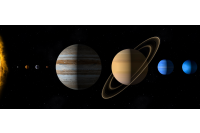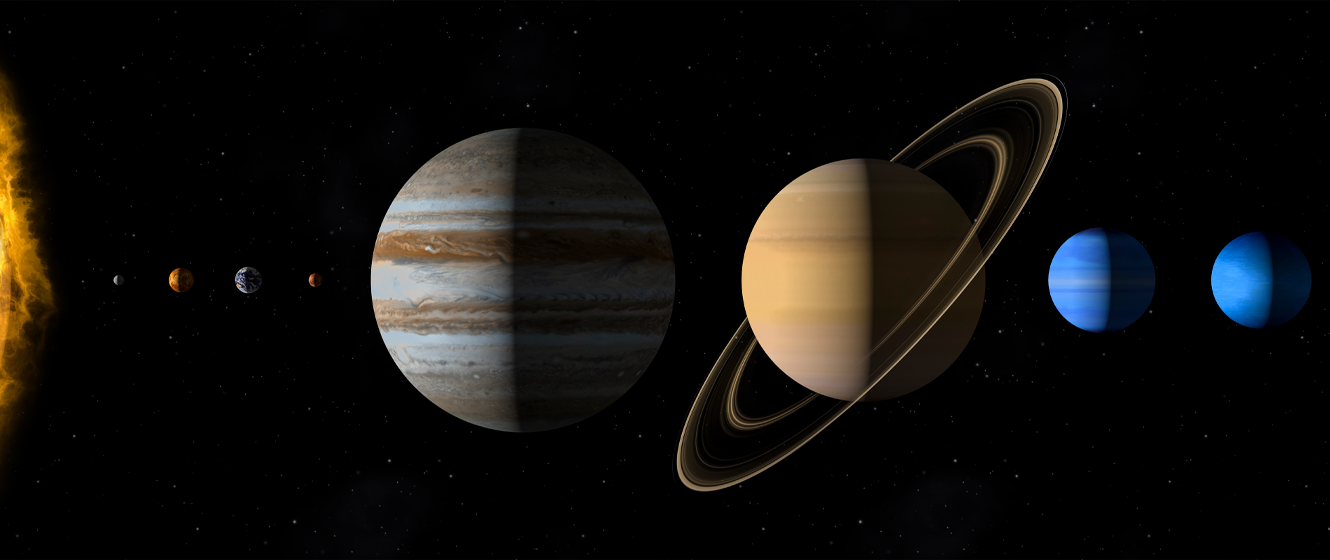
It’s been said that astronomy is the oldest science. Before our ancestors even invented language and learned how to write, they were staring up at the heavens. The stars themselves were unimaginable mysteries; tiny points of light that seemed to burn like unmoving embers from a far distant fire. And yet, five appeared to move. These particular points of light must surely be magical, infused with powers that primitive humans could only dream of. The ancients believed them to be gods, but we now know them to be planets.
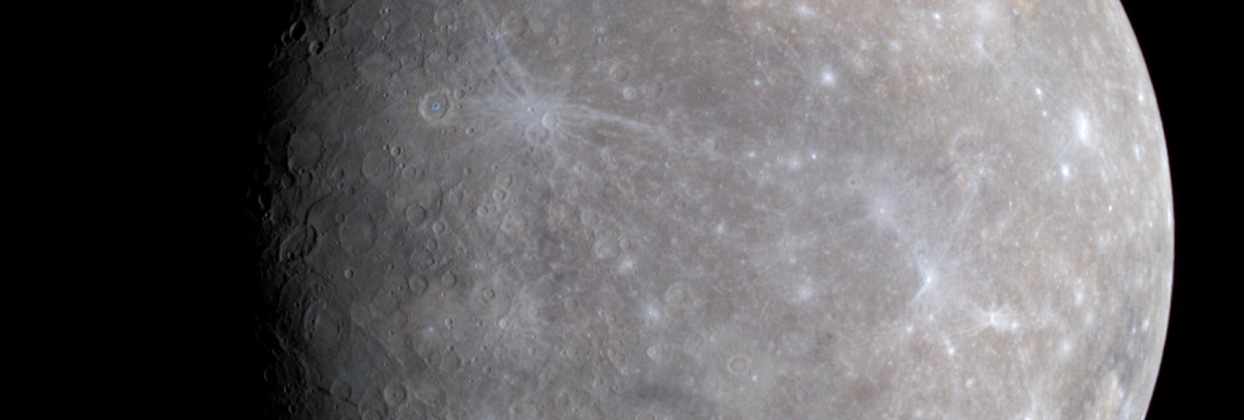
Mercury
You’ll need to be quick to catch the fleet-footed planet, Mercury. As it orbits closer to the Sun than the Earth, it never strays very far from the Sun in the sky and only ever appears in the morning or evening twilight. It’s typically only well-placed for observation for a few weeks at a time and is often very low above the horizon and difficult to spot.
It appears pinkish-white but can be faint because the background twilight sky is still relatively bright. Your best chance is when the crescent Moon or another bright star or planet appears nearby; by first finding that convenient marker, you can then use binoculars to help you locate Mercury.
Venus
You’ll have no problem finding Venus. Like Mercury, Venus orbits closer to the Sun than the Earth and also appears close to the Sun in the sky. Unlike Mercury, it strays roughly twice as far and can be seen for months at a time. It’s not unusual for Venus to dominate either the morning or evening sky for six or seven months continuously.
After the Sun and Moon, Venus is the third brightest natural object in the sky. Its brilliant white light is unmissable against the twilight and, at its best, can be easily seen for several hours before sunrise or after sunset. A little unusually, when it’s close to the horizon, it can also appear to flash many different colors. As a result, it’s often reported as a UFO by unsuspecting members of the public who are spooked by its unmoving, flashing bright light.
Make a point of observing Venus when a crescent Moon is nearby. On its own, the Moon itself can be quite lovely, but when it’s close to sparkling Venus the pair can be quite an attractive sight.
Venus is our nearest planetary neighbor, which partly explains its brilliance. It’s also almost identical in size to the Earth, but there the similarities end. The real reason for its brightness is the all-encompassing cloud cover that smothers the entire planet. There are no clear, starry nights or sunny days on Venus. The planet may be named for the goddess of love, but its surface is hellish. The clouds trap the heat, causing the surface temperature to soar to 872 F (467 C) - hot enough to melt lead. The planet shines so brightly because those same clouds reflect about 75% of the sunlight it receives.
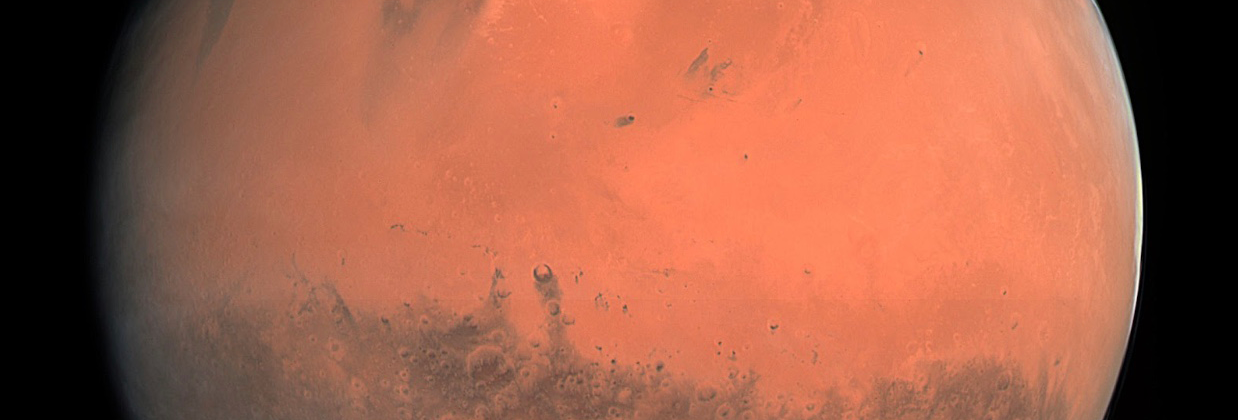
Mars
Next is Mars, named for the Roman god of war. Its name is appropriate, as it can appear bloodred. As its orbit is more distant from the Sun than the Earth, it can potentially be seen at any time of night (depending upon its position in the sky).
Every two years, when it appears opposite the Sun in the sky it is described as being in opposition. At that time, it’s at its closest to the Earth and will appear at its brightest. It will rise at sunset and set at sunrise and is therefore visible throughout the entire night.
Jupiter
Jupiter, the largest of the planets, is next. Jupiter takes nearly 12 years to orbit the Sun, and since there are 12 traditional zodiac constellations (13 if you count Ophiuchus) it spends roughly a year passing through each one. This giant world appears off-white and, after Venus, is the fourth brightest object in the sky.
Saturn
Slow-moving Saturn is the last planet known to the ancients. Whereas Mercury is the closest to the Sun and, therefore, the quickest, Saturn is the most distant planet easily seen with just your eyes. (Experienced observers with sharp eyesight and clear, dark skies can spot Uranus, the seventh planet from the Sun, but you really need to know where to look!)
Saturn appears yellow-ish and is fainter than Jupiter. It is, of course, famed for its rings, but you’ll need a telescope to view those. Both Jupiter and Saturn, like Mars, can appear opposite the Sun and will reach opposition roughly once a year.
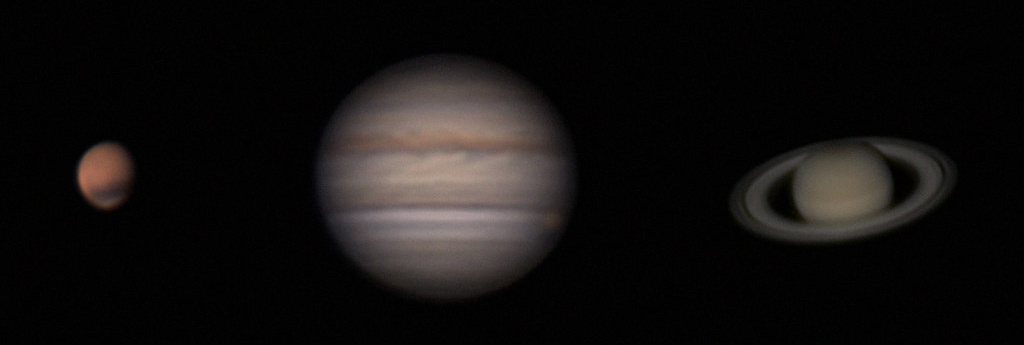
All the planets can be seen to move against the backdrop of stars in the night sky. Mercury and Venus move fastest and you can track their movements on a daily basis. Mars is slower, but changes in its position are still noticeable within only a matter of days. You’ll need to keep track of slow-moving Jupiter and Saturn over a number of weeks and months to notice those planets’ movements.
You may also notice something else that sets the planets apart from the background stars: they don’t twinkle. That’s because the stars are so distant they appear as tiny points of light. In comparison, the planets are much closer and, although you can’t see them as such, they actually appear as tiny discs.
As a result, their light is stronger, steadier, and less susceptible to the turbulence in the atmosphere that causes the stars’ weaker light to twinkle.
In our modern age of technology and telescopes, it’s easy to forget how little we once knew of the planets. The telescope was only invented four hundred years ago, and while that might seem like a long time, it’s not even the blink of a cosmic eye in the lifetime of the universe.
So check a magazine or website for the positions of the planets tonight. There are almost always several to be seen. Then go outside. Leave your telescope behind. Look up at the stars and ignore everything else around you. Find a planet and remember its position against the background sky.
Come back in a week and take another look. What’s changed? Has it moved? Once you’ve seen the planets drift across the sky, it’s not hard to sense the wonder the ancients once sought to explain. Magic? Maybe not. And yet, these “stars” still move!

Learn More
Interested in learning more about the planets in our solar system? Check out our Astronomy Hub!
This Article was Last Updated on 08/18/2023





